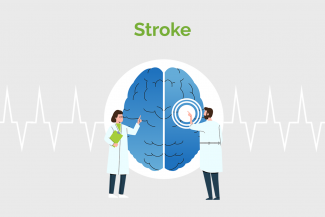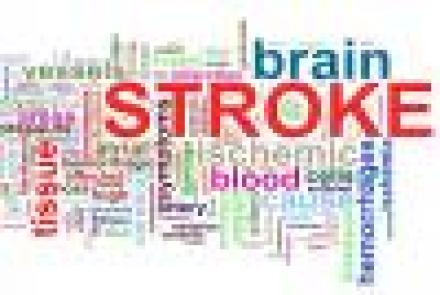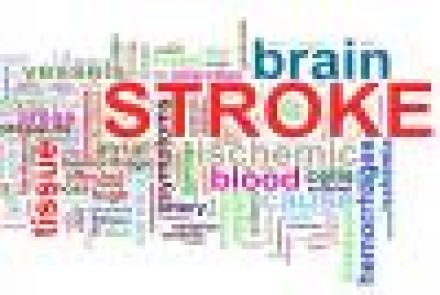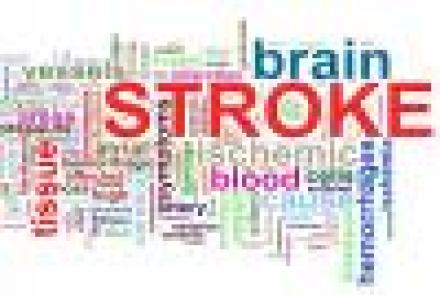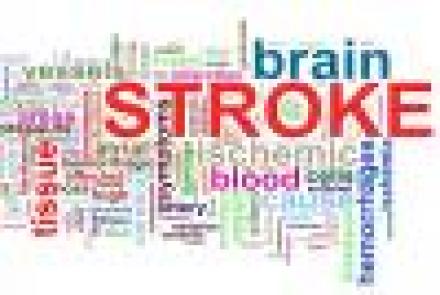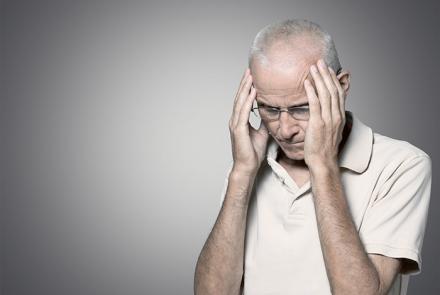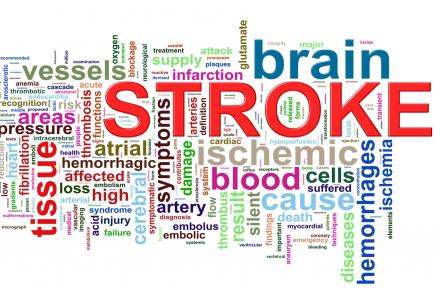A stroke is caused by the interruption of the blood supply to the brain, usually because a blood vessel bursts or is blocked by a clot. This cuts off the supply of oxygen and nutrients, causing damage to the brain tissue.
The effects of a stroke depend on which part of the brain is injured and how severely it is affected. A very severe stroke can cause sudden death.
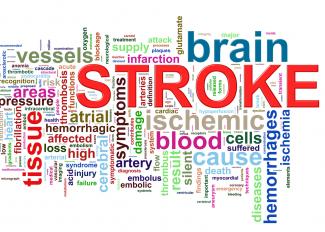
is the loss of brain function due to a sudden disturbance in the blood supply to the brain. As a result of the decreased blood supply, the affected area of the brain cannot function normally, resulting in some of the following effects:
- Inability to move one or more limbs or face muscles on one side of the body
- Failure to understand or formulate speech
- Inability to see clearly
- Dizziness or confusion
A stroke can happen in an instance and is a medical emergency. Time is critical after a stroke. The time window from presentation of a stroke symptom to receiving medical attention should be 4.5 hours. Treatment should be provided as quickly as possible for best outcome.
Condition

